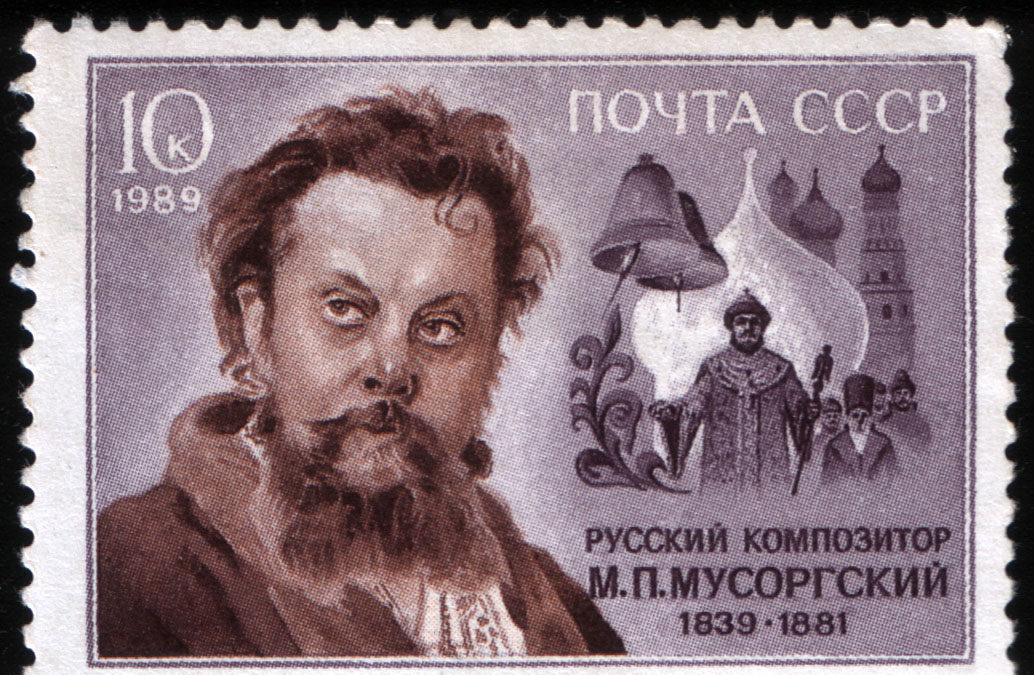Mussorgsky was a member of an influential group of Russian composers known as “The Five” – Mily Balakirev, César Cui, Modest Mussorgsky, Nikolai Rimsky-Korsakov and Alexander Borodin. Together they forged a uniquely Russian musical style based on the country’s folklore and history. Mussorgsky himself composed numerous works for piano, orchestra, opera and voice. Among his best-known works are the opera Boris Godunov, the orchestral tone poem Night on Bald Mountain, and the piano suite Pictures at an Exhibition.
The piano suite was composed in 1874 and was based on a series of drawings and paintings by the Russian artist Viktor Hartmann. It proved so popular that numerous arrangements have been made of it (the Ravel orchestration done in 1922 is the best-known of these). The first orchestration of Pictures at an Exhibition, which we are performing at this concert, was prepared in 1886 by Mikhail Tushmalov, a pupil of Rimsky-Korsakov. Rimsky himself oversaw the editing of the score and conducted the première, in 1891.
This orchestral arrangement contains most of the original movements of the piano suite. After the opening Promenade, the mood shifts to the “Old Castle,” with haunting melodies introduced by bass clarinet and English horn. Next is the spritely “Ballet of the Chicks in their Shells” featuring strings and woodwinds; “Samuel Goldenberg and Schmuyle” is a ponderous dialogue between two Polish Jews, one rich and the other poor. “Market at Limoges” depicts women arguing furiously in a small French town marketplace. The tone shifts abruptly in “Catacombs;” punctuated by sudden brass chords, it is based on a painting in which Hartmann is examining the famous underground catacombs of Paris by lantern light. In the following “Con mortuis in lingua mortua,” the opening “Promenade” theme is eerily reprised in a minor key. The “Hut on Hen’s Legs” is based on a Hartmann drawing of a clock in the form of a witch’s hut; Mussorgsky puts the focus on the witch’s flight, with dramatic scales and passages in thirds.
It leads directly to the grand last movement, “The Great Gate of Kiev”. It is based on Hartmann’s design of a monumental gateway to the city in an ancient massive Russian style, capped with a cupola shaped like a Slavonic helmet. Its familiar grand theme is repeated several times with increasing intensity, interspersed with wind interludes reminiscent of Russian Orthodox chants. It ends in a triumphal paroxysm of massive chords and pealing bells.
Pictures at an Exhibition
Composed in 1874/1886
By Modest Mussorgsky
Arranged by Mikhail Tushmalov






